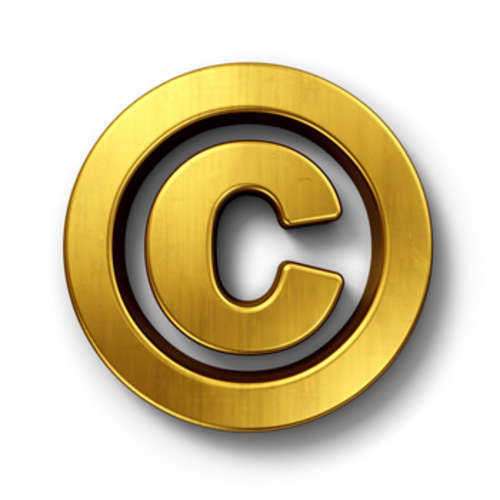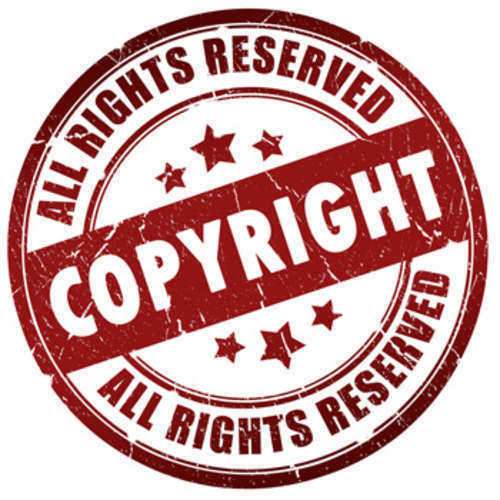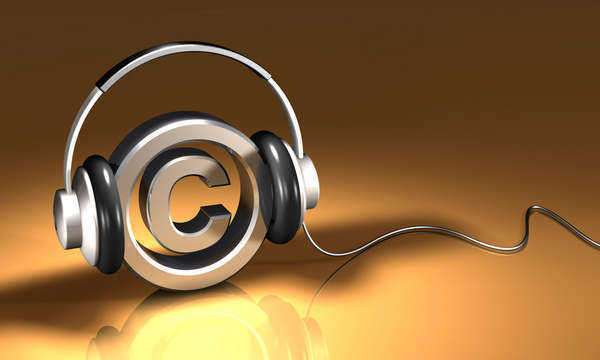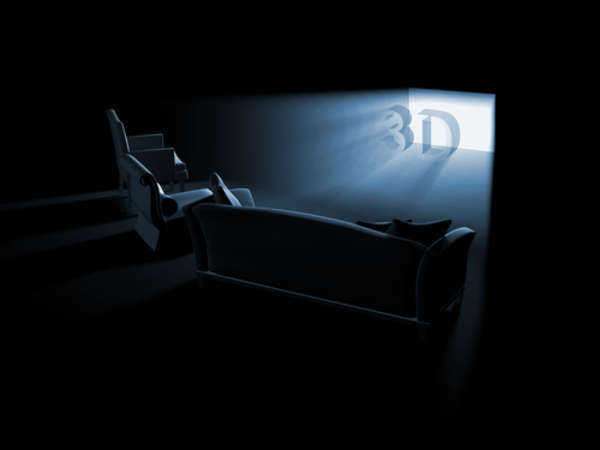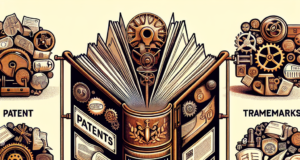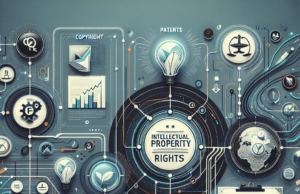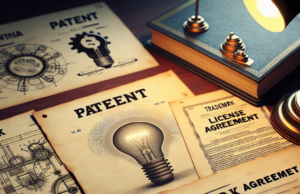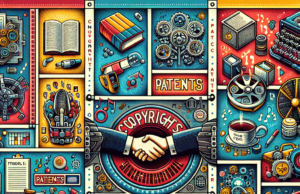Unveiling the Hidden Battles: Trademark vs. Copyright Explained
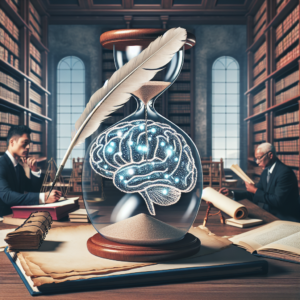
In the complex world of intellectual property, trademarks and copyrights play crucial roles in protecting the rights of creators and businesses. While both serve to safeguard unique creations, they operate under different legal frameworks and offer distinct types of protection. This article aims to unveil the hidden battles between trademarks and copyrights, providing a comprehensive understanding of their definitions, differences, and implications in real-world scenarios.
Understanding the Basics: What Are Trademarks and Copyrights?
Trademarks and copyrights are two fundamental forms of intellectual property protection, each designed to serve specific purposes. A trademark is a recognizable sign, design, or expression that distinguishes products or services of one entity from those of others. It can include logos, brand names, and slogans, and is primarily aimed at preventing consumer confusion in the marketplace. On the other hand, copyright protects original works of authorship, such as literature, music, art, and software, granting creators exclusive rights to reproduce, distribute, and display their works. While trademarks focus on brand identity and consumer recognition, copyrights emphasize the protection of creative expression.
The Key Differences: Trademark Protection vs. Copyright Protection
The primary distinction between trademark and copyright protection lies in their scope and purpose. Trademark protection is concerned with preventing consumer confusion and ensuring that consumers can identify the source of goods or services. This protection can last indefinitely, as long as the trademark is in use and properly maintained. Conversely, copyright protection is automatic upon the creation of an original work and lasts for a limited duration, typically the life of the author plus 70 years. While trademarks can be renewed indefinitely, copyrights eventually enter the public domain, allowing others to use the work without permission. Understanding these differences is crucial for creators and businesses seeking to protect their intellectual property effectively.
The Scope of Protection: What Each Legal Framework Covers
The scope of protection offered by trademarks and copyrights varies significantly. Trademarks cover symbols, names, and slogans that identify and distinguish goods or services in commerce. This includes not only traditional trademarks but also service marks, collective marks, and certification marks. In contrast, copyright protection extends to a wide array of creative works, including literary texts, musical compositions, visual arts, films, and software code. However, copyright does not protect ideas, facts, or methods of operation, only the expression of those ideas. This distinction highlights the importance of understanding what can be protected under each legal framework to ensure comprehensive intellectual property protection.
Registration Processes: How to Secure Your Trademark and Copyright
Securing a trademark or copyright involves different processes, each with its own requirements and implications. To register a trademark, an applicant must file an application with the relevant government authority, such as the United States Patent and Trademark Office (USPTO). This process includes conducting a trademark search to ensure that the mark is not already in use, submitting the application, and potentially responding to any objections raised during the examination process. In contrast, copyright protection is automatic upon the creation of an original work, but registering the work with the U.S. Copyright Office provides additional legal benefits, such as the ability to sue for statutory damages and attorney’s fees in case of infringement. Understanding these processes is essential for creators and businesses to secure their rights effectively.
Common Misconceptions: Debunking Myths About Trademarks and Copyrights
Several misconceptions surround trademarks and copyrights, often leading to confusion among creators and businesses. One common myth is that copyright automatically protects all aspects of a creative work, including its title or name; however, titles are generally not protected by copyright and may require trademark protection instead. Another misconception is that registering a trademark guarantees absolute protection; while registration strengthens a trademark claim, it does not prevent all potential disputes. Additionally, some believe that copyright protection is unnecessary for unpublished works, but registration can provide significant legal advantages even before a work is made public. Debunking these myths is vital for individuals and businesses to navigate the complexities of intellectual property law effectively.
Real-World Implications: Case Studies of Trademark and Copyright Conflicts
The real-world implications of trademark and copyright conflicts can be significant, as illustrated by various high-profile cases. One notable example is the legal battle between Apple Inc. and Samsung Electronics over smartphone designs and features, which involved both trademark and copyright claims. Apple argued that Samsung’s devices infringed on its patented designs and trademarks, leading to a series of lawsuits that highlighted the complexities of protecting intellectual property in the tech industry. Another case involved the famous “Blurred Lines” lawsuit, where the estate of Marvin Gaye claimed that Robin Thicke’s hit song infringed on Gaye’s copyright. The jury ultimately ruled in favor of Gaye’s estate, underscoring the importance of copyright protection in the music industry. These cases exemplify the intricate interplay between trademarks and copyrights and the potential consequences of infringement.
In conclusion, understanding the nuances between trademarks and copyrights is essential for creators, businesses, and legal professionals alike. While both forms of protection serve to safeguard intellectual property, they operate under different legal frameworks and offer distinct benefits. By recognizing the key differences, scope of protection, registration processes, and common misconceptions, individuals can better navigate the complexities of intellectual property law. As the digital landscape continues to evolve, the importance of protecting creative works and brand identities will only grow, making it imperative to stay informed about the ongoing battles between trademarks and copyrights.



